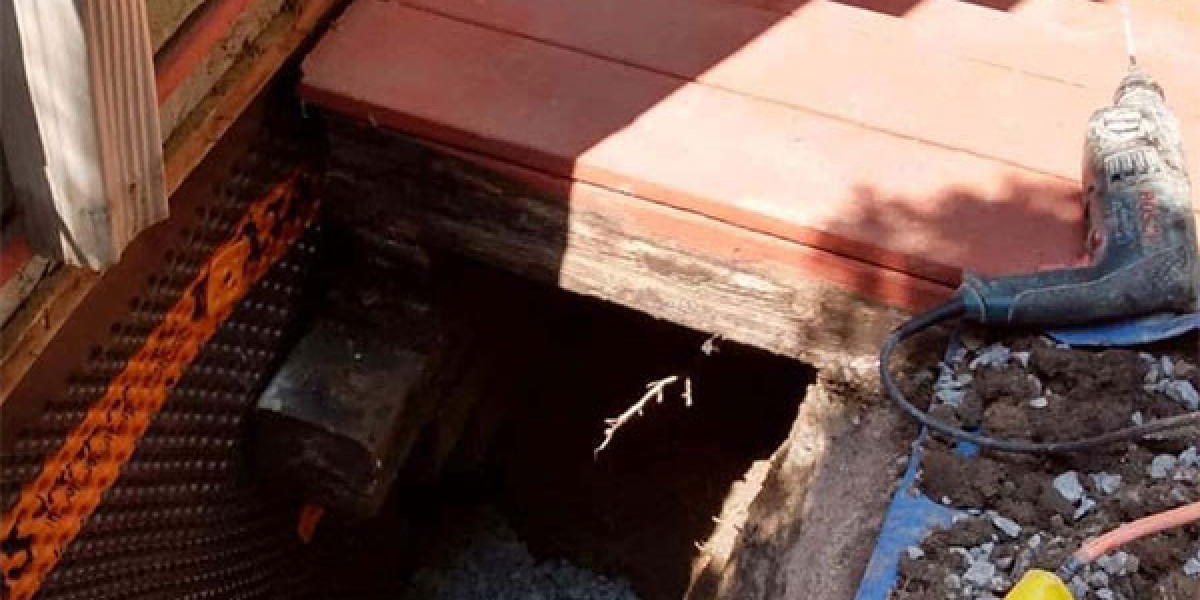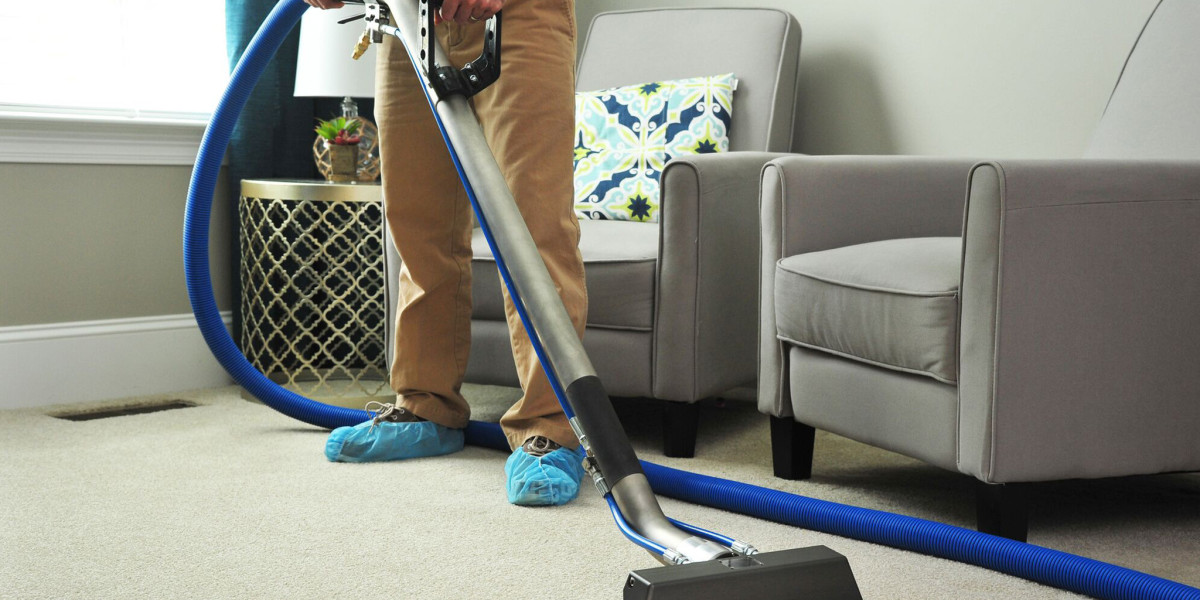As it stands with new constructions, long-term structural integrity and moisture protection planning are just as important as planning the look or choosing the perfect materials. Perhaps the most misinterpreted but most important aspect of any new construction is basement waterproofing. Waterproofing is often identified with remedying problems in pre-existing residences, but incorporating successful waterproofing into the build can prevent an entire series of future woes—time, money, and potential devastation to follow.
Why Waterproofing is Necessary in New Construction
Building a new house or office building from the ground up gives one the opportunity to get it done right the very first time. This is the opportunity to design and execute an integrated waterproofing system, tailored to the location of the site, soil conditions, and climatic conditions.
It is perhaps the most common cause of water damage, structural damage, and even the development of moulds in homes caused by water permeation. It is harder, more expensive and not as effective to apply waterproofing to an existing building once it is completed. To make sure that the structure is sound and long-term valuable, homeowners and builders can address the possible water problems early on, when the building is still being constructed, by facing them directly.
Causes of Water Intrusion in New Basements
Despite a new building, there are several reasons basement dampness problems occur if not properly solved:
- The hydrostatic pressure of groundwater against the foundation
- Poor drainage of soil, especially where there are high water tables or heavy clays
- Inadequate grading around the foundation results in water ponding around the basement walls.
- Failure of or poorly installed sump pumps and weeping tiles.
- Natural cracks or structural weaknesses in the concrete due to the settlement of the building
All of these issues can be avoided or altogether prevented with proper waterproofing planning in the building process.
Top Benefits of Prior Basement Waterproofing
1. Prevention is less expensive than repair
It is cheaper and more effective to waterproof a basement during its construction than to waterproof it afterward once the problem has been attained. Retrofitting would involve excavating around what is already there, putting in new damaged material, and reinstalling interior finishes numerous times. Taking foresight will avoid such delays entirely.
2. Structural Integrity Preservation
Water penetrating a basement may take many years and cause the deterioration of concrete, rebar rusting, and a compromised foundation overall. Waterproofing installed initially will guarantee that the building is solid and will stand for decades.
3. Moisture Control and Health Benefits
Water provides an ideal condition for mould and its growth, which may impact health and reduce indoor air quality. A dry basement enhances general building air quality and healthier living conditions.
4. Builders' and Owners' Peace of Mind
Including waterproofing in the initial investment minimizes the builders' liability and gives owners peace of mind. A certain sign that long-term durability has been prioritized is given.
Effective Waterproofing Techniques in a New Building
Basement waterproofing on a building level requires a multi-layered solution, and most often it will be a combination of exterior and interior solutions. Exterior Waterproofing Membranes are the most widely used techniques:
1. Exterior Waterproofing Membranes
A water membrane is placed on the exterior face of the foundation wall. The flexible rubberized coatings seal the foundation and keep out water. This treatment is best accomplished at construction time since excavation has already been accounted for.
2. Drainage Boards and Protection Layers
Drain boards installed above the membrane help to provide additional protection and aid in allowing water to flow downward to the footing drains. They also protect the membrane from backfilling punctures.
3. Weeping Tile Systems
Weeping tile or perforated piping is installed around the footing to accept and redirect groundwater away from the foundation. This type of system is among the most essential components in preventing water from gathering.
4. Proper Grading and Backfill Material
Providing a choice for the ground to slope away from the foundation will also serve to direct surface water away. The backfill material is also important—gravel and other freely draining materials allow for greater water movement and less hydrostatic pressure.
5. Interior Drainage Systems (Optional)
In some instances, constructors also include interior drainage systems and sump pumps for added protection. Though generally used in retrofits, they can be included initially for maximum security, especially in flood areas.
Location- and Soil Condition-Based Considerations
Not all waterproofing systems are the same for everyone. The following are factors that constructors should consider in coming up with the method.
- The nature of the soil (clayey, loamy or sandy) and the drainability of water.
- Water table depth and season variability
- Rainwater, meltwater, and freeze-thaw cycles
- Walk-Advances, window wells and basement sub-grade design
A qualified waterproofing contractor can collaborate with the architects and construction people to produce a system that will fit the circumstances at hand.
How to Make Your Investment Future-Proof
When waterproofing is done away with or delayed, the damage is costly. Water problems do not merely destroy the basement— they impact the house's overall insulation, electrical wiring, and indoor air quality. A dry and secure basement, on the other hand, has a living area and allows future completion or resale.
As consumers are increasingly concerned about long-term stability and energy conservation, waterproofing has ceased to be a luxury but a sane investment in the future of the house.
Conclusion
To ensure that any new home or structure is successful, the area of the basement must be waterproofed. It will prevent expensive water damage and protect the foundation and subsequently the house or building, and make sure that the home will be healthy, safe, and structurally sound for many years to come. It should not come along as an afterthought, but it should be a planned aspect of building for both the homeowner as well as the builder.
By getting it done ahead of time during building, you're establishing a dry, solid, and stress-free basement on which all that's built is constructed.








